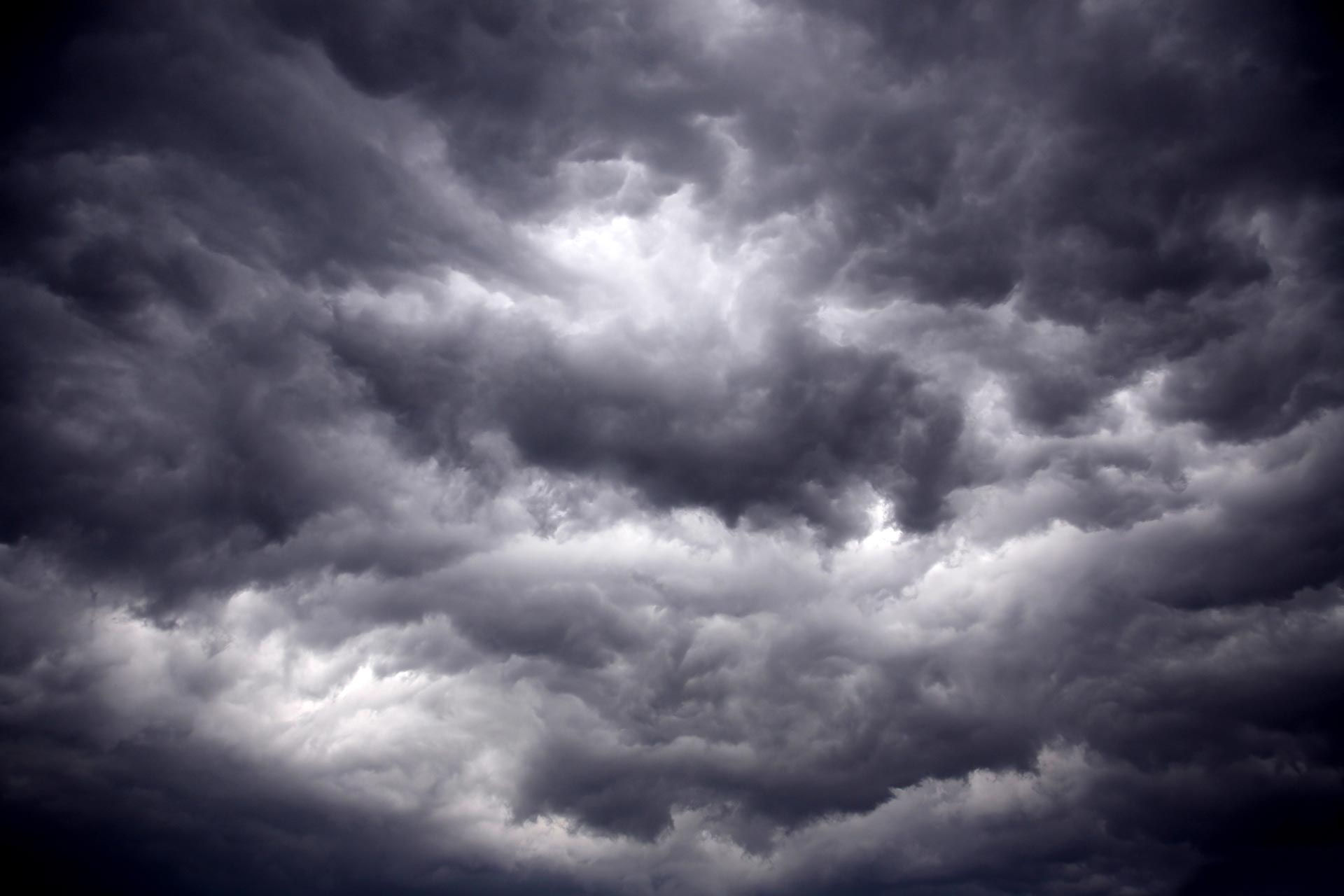
Hurricanes
Hurricanes can be some of the most destructive natural disasters. Hurricane season, also referred to as cyclones or typhoons in other regions of the world is from June to November. In that time, there are typically 14 named storms, 7 hurricanes, and 3 major hurricanes.
Often, hurricanes begin with a pre-existing weather disturbance, such as a tropical wave. Warm water helps to power the storm by rising to the clouds and creating thunderstorms, which turn into a rotating system of clouds with winds up to 74 miles per hour (mph). A tropical depression has winds of 38 mph or less, a tropical storm has winds between 39 to 73 mph, a hurricane has winds of 74 mph or higher, and a major hurricane has sustained winds of 111 mph or higher which would be a category 3, 4, or 5. Hurricanes are rather steady unless a big difference in wind speed or direction occurs in which the storm can weaken.
(Click on the images to go to their original source)
Huricane formation; Eschooltoday.com
A couple of major hurricanes have been the Great Galveston Hurricane, Hurricane Maria, and Hurricane Katrina. The Great Galveston Hurricane in August of 1900 was a category 4 hurricane that was responsible for 8,000 deaths. Hurricane Maria, a category 4 hurricane as well, took place in September 2017 and killed 2,975 people. Hurricane Katrina happened in September 2005 and killed 1,207 people. It was also a category 4 hurricane. These hurricanes resulted in damages that were as high as $90 billion, encompassing a variety of losses in property, loss of life, flooding, and soil erosion common in natural disasters.
Hurricane Katrina; Education.nationalgeographic.org
Galveston Hurricane; History.com
Climate Change
Climate Change is affecting all aspects of the environment, including hurricanes.
Warm sea surfaces are essential for hurricane formation, and the rising emission of greenhouse gases into the atmosphere generates heat that bodies of water absorb (about 90%). In addition, warm atmospheres result in higher levels of moisture in the air, which also tends to warm bodies of water. The rise in sea levels from climate change can also intensify the impacts of storms by increasing the risk of coastal flooding.
As the planet continues to get hotter and climate change worsens, so do the wind speeds, rainfall, strength, and frequency of hurricanes. Cyclone categories have risen over the past 20 years and hurricanes that are category three or above have doubled since the 1980's.
Number of Hurricanes in the North Atlantic 1878 - 2020
Human activity and indifference are at the helm of the climate crisis. Much like how deforestation exacerbates the warming of the planet, the destruction of wetlands and marshes eliminates a vital resource for the mitigation of hurricane severity. Wetlands store carbon and reduce the risk of flooding and damage from hurricanes, but recently, they've been disturbed by parties seeking to build new infrastructure. As hurricanes continue to get worse, the importance of wetlands becomes ever more true.
Luckily, work is being done to counteract these issues. Since 1997, the Clean Water Act has improved the quality of the nation's waters and in turn restored lost wetlands. Through its framework of standards, tools, policies, and financial assistance, the current loss of wetlands is only 70,000 to 90,000 acres per year as opposed to the estimated loss of 460,000 acres per year twenty-five years ago.
After Hurricane Andrew, Florida created the Hurricane Loss Mitigation Program, which funds the restoration of damage caused by hurricanes, aids the insurance market of Florida, and seeks to promote mitigation efforts for natural disasters.
Citations For Further Reading
Hurricanes
Tropical Cyclone Climatology (NHC)
How Do Hurricanes Form? (NOAA)
The 15 Most Destructive Hurricanes in US History (CBS)



